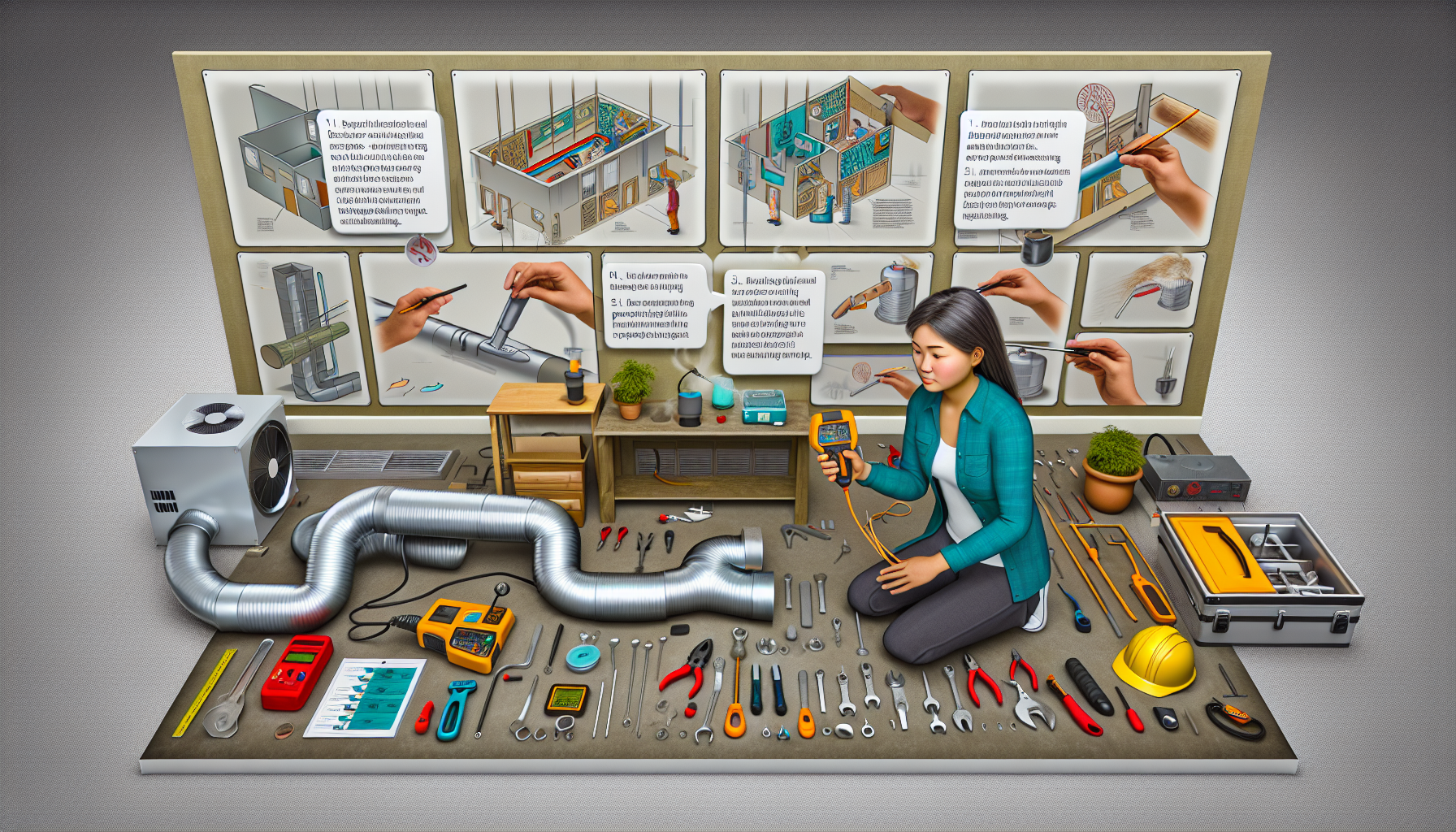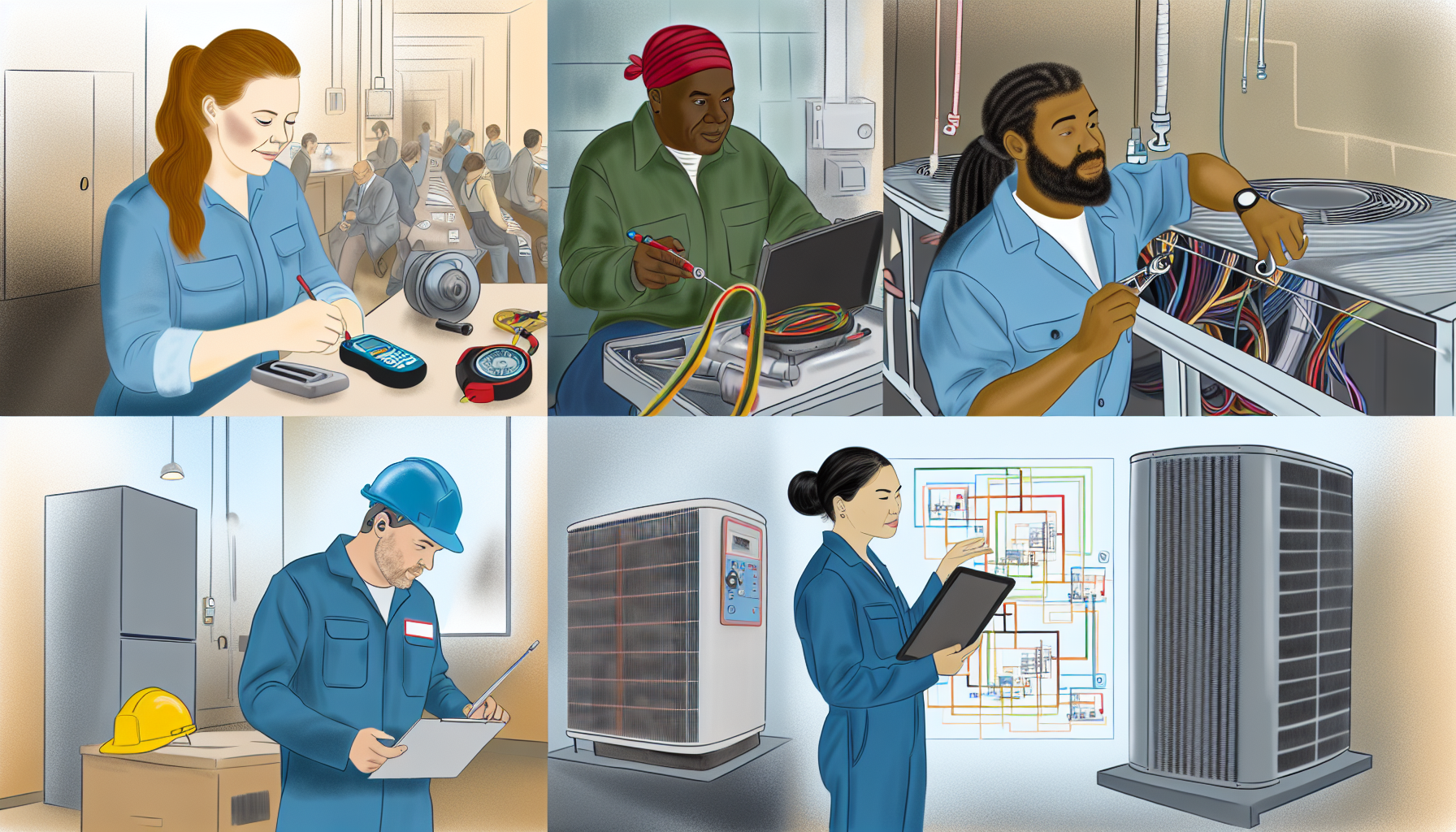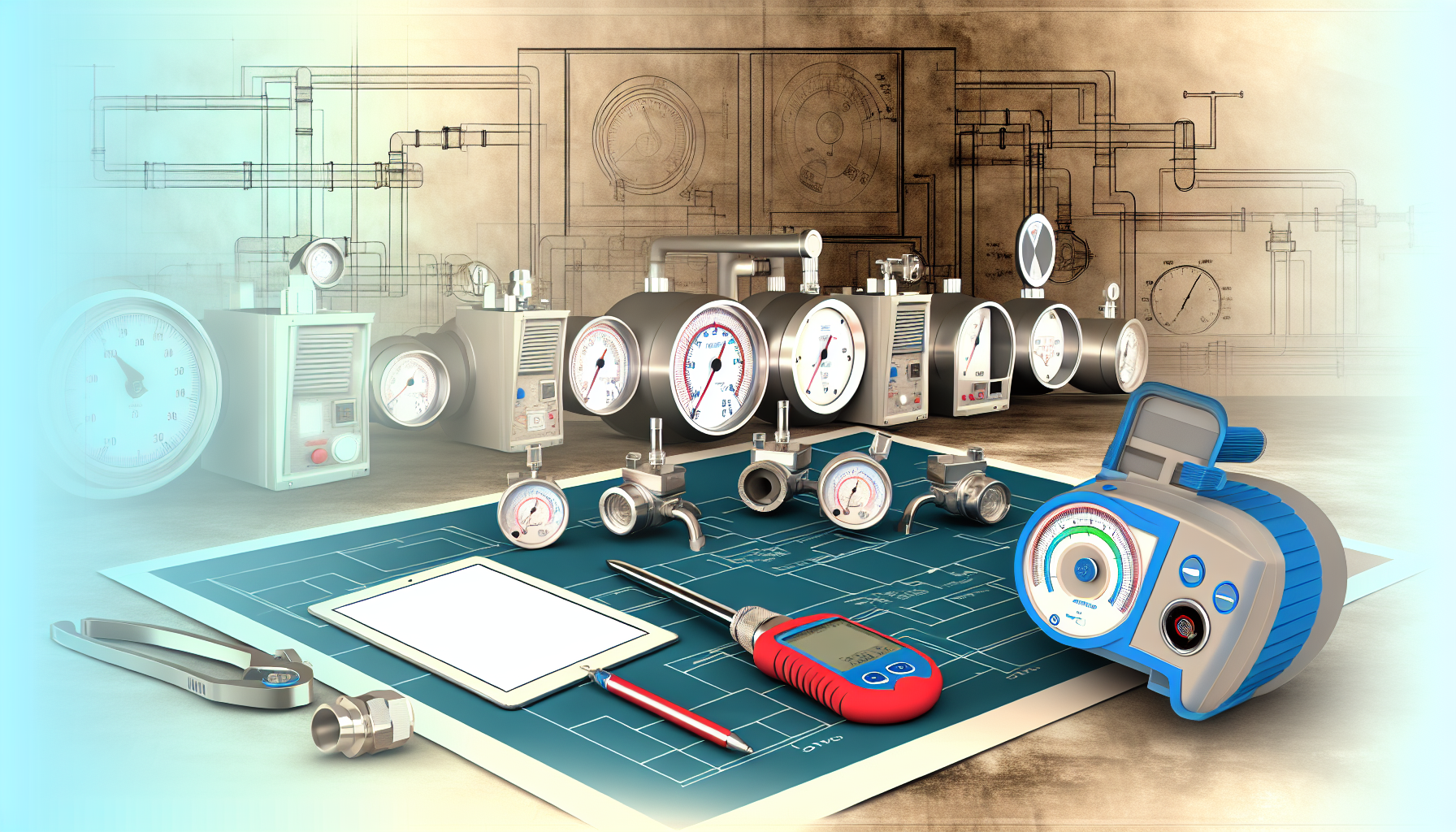Introduction to HVAC Testing and Measurement Tools
Embarking on a new journey into the world of HVAC (Heating, Ventilation, and Air Conditioning) can be daunting, especially when it comes to understanding the different tools required for testing and measuring system performance. As a newcomer to the field, it’s crucial to familiarize yourself with the essential tools that help ensure HVAC systems are installed correctly and operating efficiently. This guide is crafted to provide beginners with a detailed understanding of the key HVAC tools and how they are used.
Understanding HVAC Measurements
Before diving into the tools, it’s important to understand what types of measurements are commonly taken in the HVAC field. These data points can include temperature, pressure, humidity, airflow, electrical parameters, and gas concentrations, among others. The right tool can be the difference between guesswork and precision, so knowing which tool to use is paramount for accuracy and safety.
Temperature Measurement Tools
- Thermometers: From basic stem thermometers to infrared models, these are crucial for checking ambient temperatures as well as refrigerant temperatures.
- Thermocouples: Used for measuring temperature at various points in an HVAC system, especially at places where standard thermometers can’t reach.
- Infrared Cameras: Provide a visual representation of temperature differences, useful for detecting heat loss or overheating components.
Pressure Measurement Tools
- Manifold Gauge Sets: A must-have for any HVAC professional, used for diagnosing and charging refrigeration systems.
- Digital Pressure Gauges: Offer more precision compared to their analog counterparts and are easier to read.
Humidity Measurement Tools
- Hygrometers: These devices measure relative humidity in the air, which is important for system balancing and indoor air quality.
- Psychrometers: Use dry and wet bulb temperatures to calculate humidity levels, which can influence system performance.
Airflow Measurement Tools
- Anemometers: Measure wind speed, which can be applied to ductwork to assess airflow rates.
- Balometers: Used for balancing air systems by measuring the volume of air coming out of registers and grilles.
Electrical Measurement Tools
- Multimeters: These versatile instruments measure voltage, current, and resistance, which are vital readings in HVAC diagnostics.
- Clamp Meters: Allow electricians to measure high currents without disconnecting the circuit.
Gas and Combustion Measurement Tools
- Combustion Analyzers: Measure flue gases to ensure the HVAC systems are burning fuel efficiently and safely.
- Leak Detectors: Designed to locate refrigerant, gas, or carbon monoxide leaks that can affect system performance and safety.
Selecting the Right Tools
Selecting the right measurement tools from the plethora of options available can feel overwhelming for beginners. Here are some quick tips on choosing your tools:
- Opt for quality over price. Reliable readings can save on costs in the long run by preventing misdiagnostics.
- Consult with seasoned HVAC professionals and consider their recommendations.
- Ensure the tools you choose are user-friendly to help avoid measurement errors.
Best Practices in Using HVAC Tools
Equipped with the right tools, it’s imperative to follow best practices for safety and accuracy:
- Always read the manufacturer’s manual and follow their guidelines for use.
- Regularly calibrate your tools to maintain their accuracy.
- Use personal protective equipment (PPE) when operating the tools to ensure your safety.
- Store your tools properly when not in use to prevent damage and prolong their lifespan.
Maintenance and Care of Tools
Proper maintenance and care are fundamental for ensuring the longevity and reliability of your HVAC tools. Implement the following guidelines:
- Keep all measurement tools clean and free from debris or contaminants.
- Check for calibration stickers and re-calibrate the tools regularly as required.
- Replace disposable parts, like batteries or filters, as needed to maintain tool effectiveness.
- Store tools in a dry, temperature-controlled environment to prevent deterioration.
Closing Thoughts on HVAC Tools for Beginners
Understanding and using the right HVAC testing and measurement tools is the cornerstone of becoming a proficient HVAC technician. With a combination of high-quality tools, knowledge, and best practices, you can diagnose and address HVAC issues with confidence, ensuring systems operate smoothly and efficiently.
FAQ Section
What is the most important tool for an HVAC beginner?
The most important tool varies based on the task at hand, but a reliable multimeter is often considered a universal need for anyone starting out in HVAC, due to its multipurpose functionality in diagnosing electrical issues.
Is it necessary to have all these tools when starting out in HVAC?
While having all the tools would be ideal, beginners can start with the basics, such as a multimeter, thermometers, and gauges, and gradually acquire additional tools as needed.
How often should HVAC tools be calibrated?
Refer to the manufacturer’s guidelines, but most professionals recommend calibration at least once a year or after any incident that may affect the tool’s accuracy, such as a drop or exposure to extreme temperatures.
Can I teach myself to use these tools, or do I need formal training?
Some HVAC tools are user-friendly and can be self-taught through manuals and instructional videos, but formal training is highly suggested to ensure proper usage, safety, and understanding of HVAC systems as a whole.
Are digital tools better than analog ones for HVAC work?
Digital tools often offer greater accuracy, ease of reading, and additional features compared to analog tools. However, analog tools can still be reliable and are sometimes preferred for their simplicity and durability.








